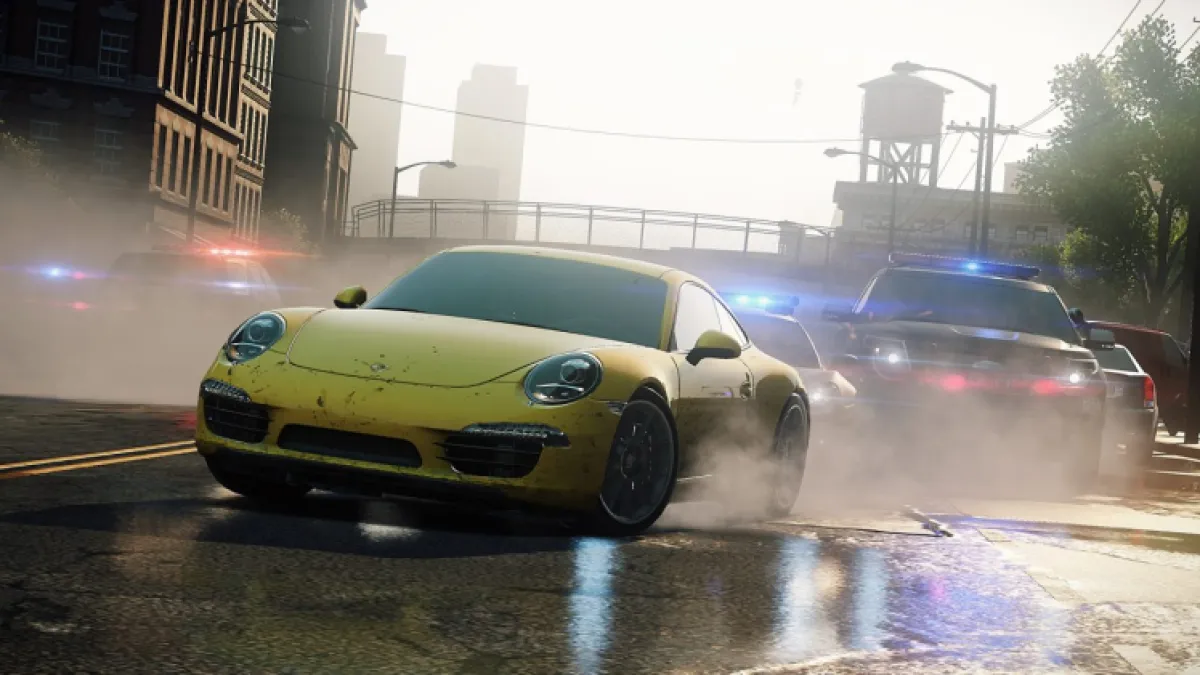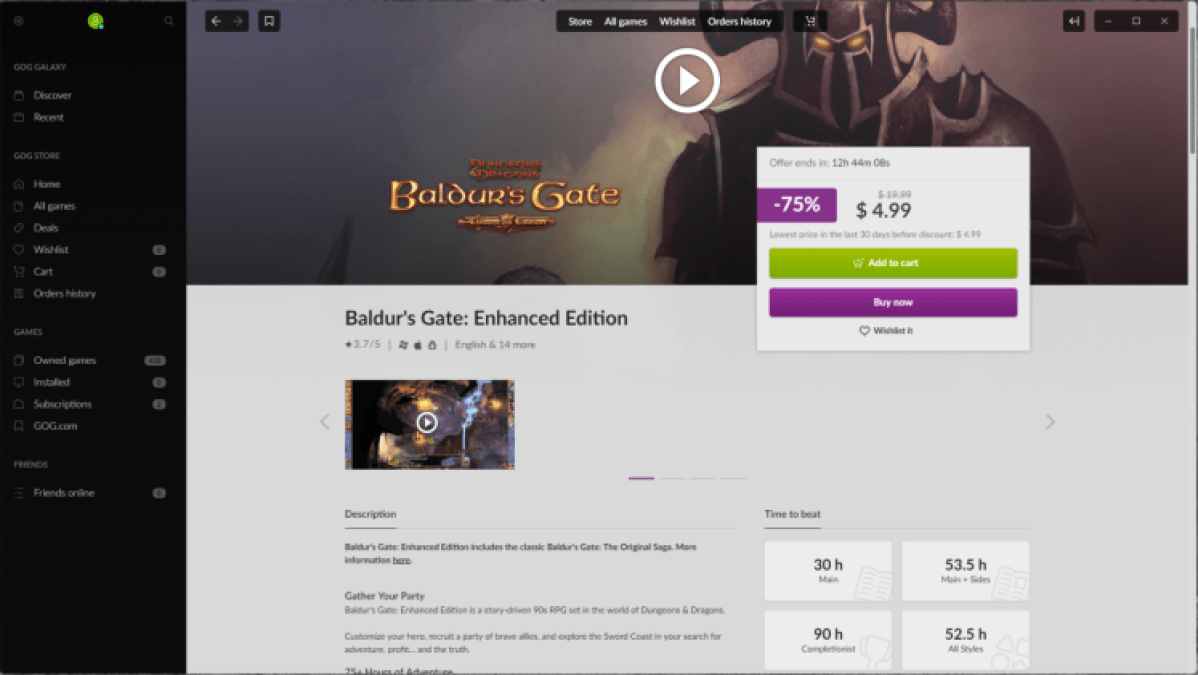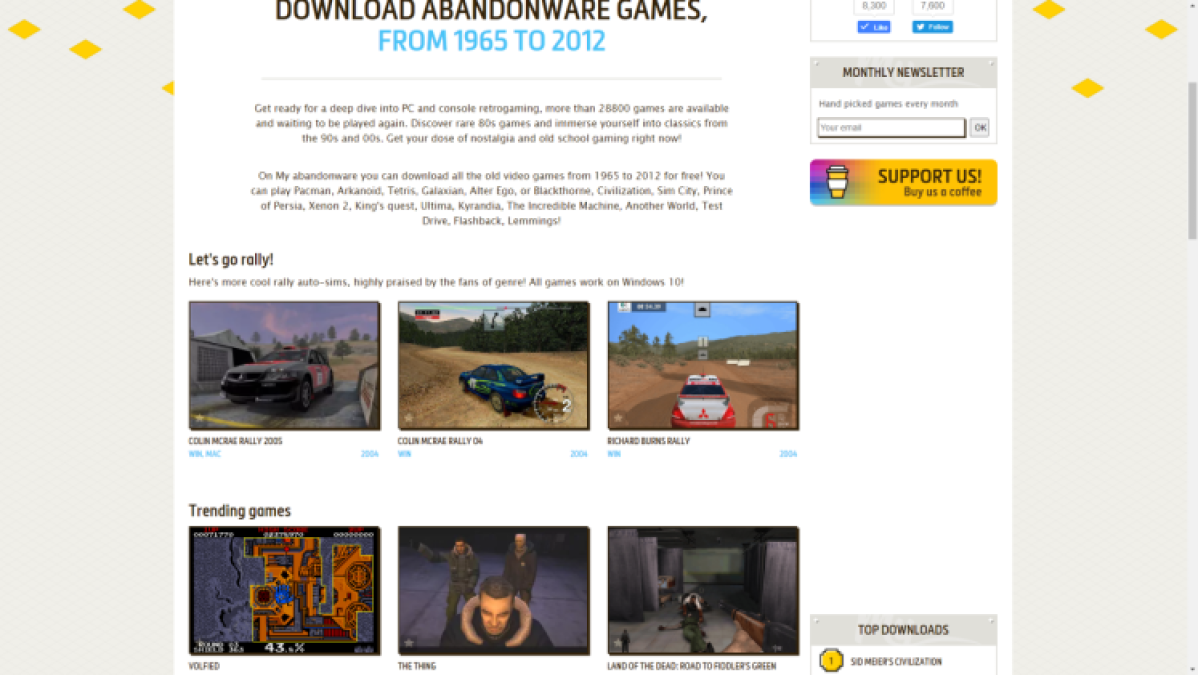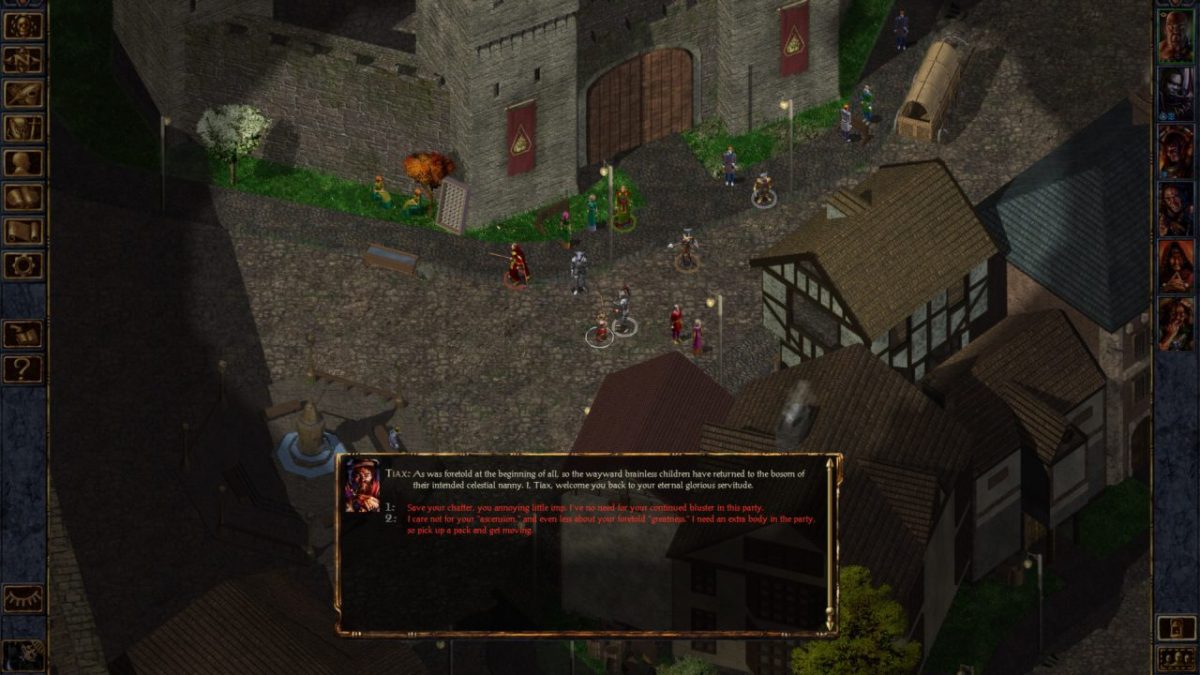Abandonware, if you’re not familiar with the term, are games that have been left behind by their studios. This is caused by the companies that own the IP stopping production or continued support of the game and removing it from online platforms. In a digital age where most game libraries are online instead of on shelves, this is becoming a rising issue. Many huge titles are being lost to time, unplayable by old fans and potential new ones.
There is little in the way of archiving due to legal issues and original code acquisition. However, there is a gleaming light at the end of the tunnel. Video game conservationists are finally banding together to push for the preservation of many of the titles facing extinction.
What is Abandonware?
Video games exist primarily in digital format, be they on a disk or a digital library. To own a game, you must be able to access the code that runs the game and a platform on which it can be played. When a company decides to stop printing a game or removes it from digital storefronts, the game becomes Abandonware.

This simply means that the game is no longer being produced and can no longer be accessed through a digital marketplace. Once this happens, it is usually only a matter of time before the game fades into obscurity. Physical copies of games are notoriously hard to acquire due to prices and digital decay, and once a game is removed from a digital marketplace, it is no longer accessible.
I believe in the preservation of art, no matter what form it takes. I also believe that video games should be considered an art form and deserve as much attention as any other. We strive to preserve paintings, music, and film; I feel that the archives need to start being built for games, too.
This is a problem unique to video games, but may not be for long. In an age where most media is digital, it doesn’t take much for entire libraries to be lost. If Spotify decided one day to shut its doors, my entire music library would be gone. I haven’t downloaded any of the music onto hard drives, and I don’t own physical copies. Here lies the solution to Abandonware.
How many games are considered Abandonware?
The number of games considered Abandonware is far higher than I could have imagined. GameHistory.org reports that around 87% of games released before 2010 are now considered Abandonware and no longer commercially available.
Some of the biggest names in the Abandonware archives are monumental titles like Need for Speed: Underground 2, Black & White 1+2, Silent Hill 2, and Sid Meyer’s Civilization. These are just a small number of the absolute classics that are no longer available on digital platforms or disk.
What can be done to combat Abandonware?
Games consist of code, and this code needs to be preserved to prevent the games from being lost forever. Thankfully, there are many enthusiasts, grey area websites, and big names working to keep classic games from being lost forever.
The problem with people simply ripping code from games and hosting them on websites and other platforms is the legality surrounding the code itself. Technically, when you buy a game, you are simply loaning the code from the studio. They always own it, and this is why distribution afterward is such a struggle.
In the hands of experts
However, there are companies like GOG who are dedicated to the preservation of many of the games facing abandonment. They have managed to rescue many titles from the brink of extinction by putting the time and effort into purchasing the rights and then mining the code to ensure the game lives on.

GOG has gone above and beyond in many cases to ensure a game lives on in the digital marketplace. One of the more impressive titles rescued is the seminal RPG adventure Baldurs Gate. Larian Studios was the first studio that GOG convinced to allow them to preserve their game and release it to the public, DRM-free. From there, the trend has snowballed, with many companies handing over IPs they no longer deem profitable for GOG to preserve.
GOG goes above and beyond in its efforts to preserve old titles, often having to rebuild games from broken and incomplete code. They then release them for a fee, but without DRM, meaning that when you buy the game, you also own the code. This is to keep the game alive, even if the GOG shopfront goes down.
The shady side of Abandonware
Before GOGs’ huge steps in preserving games, abandonware was found on various websites and forums. They still remain today and can be found on sites like MyAbandonware. These sites host the code for thousands of titles you may remember from your childhood and can be easily downloaded and played on your PC or with an emulator.
However, these sites are a little bit of a grey area when it comes to legality. Technically, if a game has been abandoned, then the IP is fair game. However, this doesn’t mean the copyright isn’t still owned by the original studio. Usually, the games on these sites are left alone because the company has little to no interest in them, but this doesn’t mean the Abandonware is technically legal.
However, downloading Abandonware that isn’t available elsewhere is a victimless crime. Whoever originally owned the IP no longer makes money from it, and by downloading it, you’re only preserving the all-important code. Despite this, I would always recommend checking it isn’t for sale somewhere like GOG first. After all, they’re the ones working to preserve.

A change in the law
In the digital age of gaming, the problem of Abandonware is becoming increasingly prevalent. We are sold games that, in cases like Lawbreakers, are only playable for a year before being taken completely offline. This, for some, feels like theft and unfair selling practices. Now, there are campaigns to change the law surrounding the sale of games and the planned obsolescence that leads to Abandonware.
YouTubers like Accursed Farms are putting together campaigns focused on the law surrounding consumer rights. They believe that, with the right pressure, gamers will be able to own the rights to their games and no longer essentially “rent” them from the studios. They are calling on petitions, lawyers, and support to change at least one country’s law surrounding companies essentially destroying their games.
These campaigns are focusing on bringing together the many disgruntled players around the globe to focus on changing the way games are sold and owned. They believe that being able to sway even one country will be enough for studios to change their practices. France and its fantastic consumer laws are first in the sights. More info can be found on their website.
Abandonware is a growing problem
Abandoned games from yesteryear are, of course, a problem. Once a game goes out of print, it becomes increasingly hard to find the hardware or disks/cartridges/tapes with which to play it. However, the code is usually quite simple, and we have the technology to rip it.
However, in the current age of digital-only games and DRM that prevents access to the code, games are destroyed much more easily. When a digital game is taken from production and off the digital marketplace or even just taken offline, it is gone forever.
DRM, the system that prevents access to code, is notoriously hard to circumvent. It has stopped many games from being pirated, and for that reason, it is still heavily used. Despite this benefit, it also means that when a game is bought, only the superficial front end is owned, making it more like a rental than an ownership.
Previously, a game could go out of production but couldn’t be completely removed from circulation. Now, with live service games, this has become possible. A game can be destroyed, resulting in unrecoverable Abandonware and another disgruntled fan base. Changes need to be put in place to prevent this from happening further.








Published: Apr 3, 2024 02:33 pm